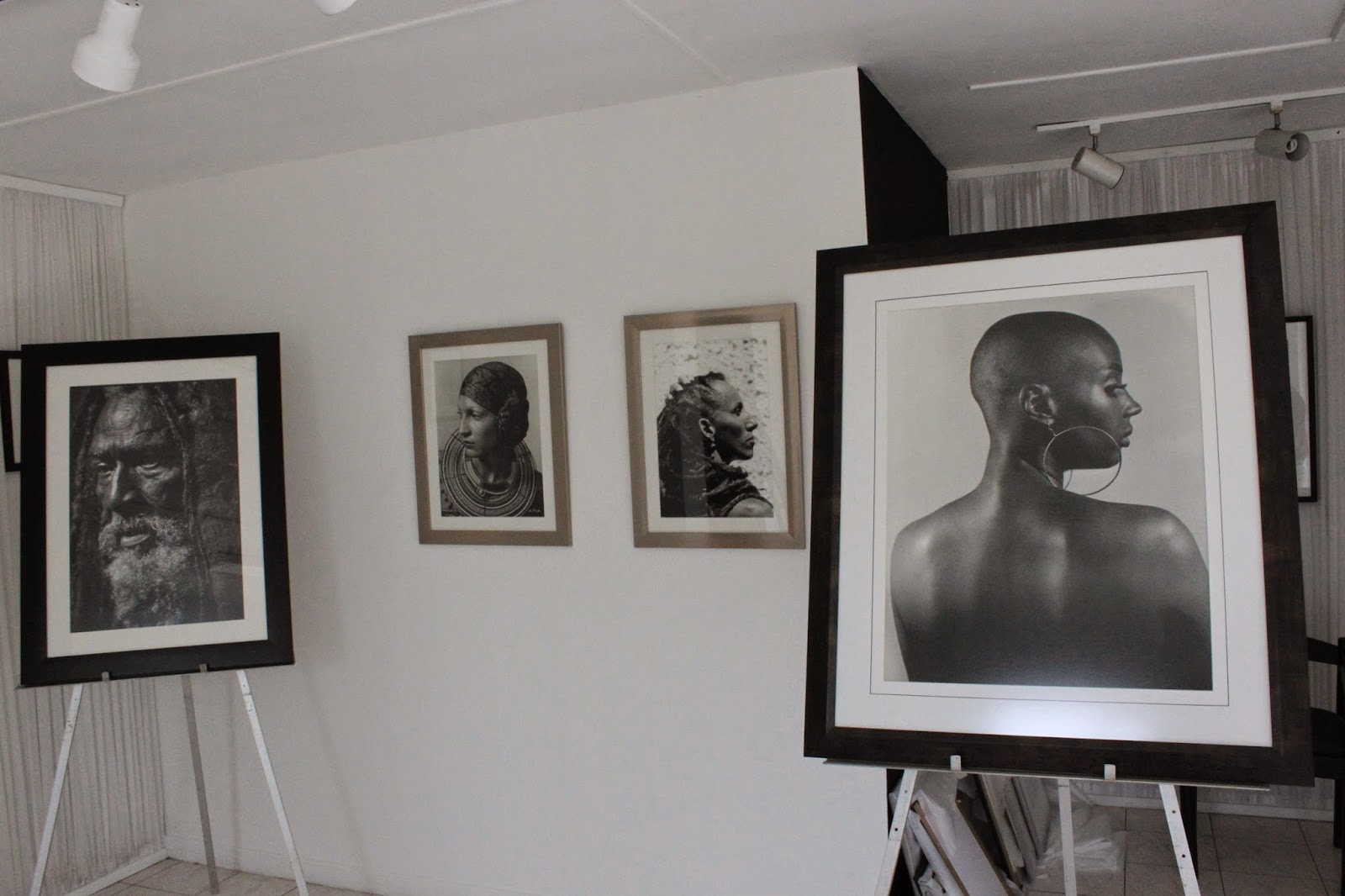Hinamatsuri - celebrating girls
 |
| Decked hina doll of the empress on display on the occasion of Hinamatsuri |
"I have always decorated the dolls since my daughter was small,” recalled Sayoko Takase, pointing to the elaborate display of hina dolls, Hinamatsuri – or the Doll Festival, celebrating girls – which is about good health and future happiness.
Elegantly attired in traditional Japanese finery – silk kimono and jewellery – the hina dolls were intricately placed on a pedestal on March 3.
“It (Hinamatsuri) is the celebration of health and happiness of girls, it does not matter how large the display of the dolls are, it is the thought that matters,” said Mrs Takase, wife of Japanese ambassador to Jamaica, Yasuo Takase.
Her daughter, Yuria, is grown up now, studying in a University in Tokyo, but this occasion still finds relevance. “It is a celebration of being a girl, and I feel proud,” Yuria exclaimed.
 |
| Hina doll of the Emperor |
The centrepiece of this occasion is the hina doll, which is decked in a kimono and displayed on a tiered stand covered in red cloth; the whole facade representative of a royal entourage.
TIERS OF DOLLS
On the top tier, the dolls of the imperial couple (dairi-bina) are placed, symbolic of the royalty, the emperor and the empress are dressed in the finest kimono.
The next tier, below the royal couple, are three female dolls, each holding an instrument for sake, the traditional Japanese rice wine, which is the channel connecting the moral being to the supreme power. Five musicians take up the level below, with percussion and string instruments.
 |
| In honour of the girls, hina dolls decked on the occasion of Hinamatsuri |
There are also a cherry blossom on the right and a mandarin orange tree on the left of the two ministers, representative of the beginning of the new season, celebrating life and abundance.
On the fifth platform are the three samurai warriors – the protectors. In the tiers below, a range of miniature furniture, tools, carriages, and items of daily use in the royal palace are placed.
These generally consist of tansu – chest of drawers, nagamochi – the chest for kimono storage, hasamibako – smaller box to store clothes, is placed on top of nagamochi.
These are complemented by kyodai – with a smaller chest of drawers and a mirror on top; haribako – the sewing kit box, and utensils used in a tea ceremony.
On the bottom row are travel essentials for the royalty – jubako, a set of nested lacquered food boxes with either a cord tied vertically around the boxes or a stiff handle that locks them together, palanquin and an oxdrawn carriage.
 |
| Sayoko Takase (left) with her daughter Yuria Takase as they admire the hina dolls on the occasion of Hinamatsuri |
In all the colour, pageantry, and the celebrations, the core message is to celebrate the girl child, her well-being, and in her suppleness, recognise her strengths and respect her.



Comments
Post a Comment